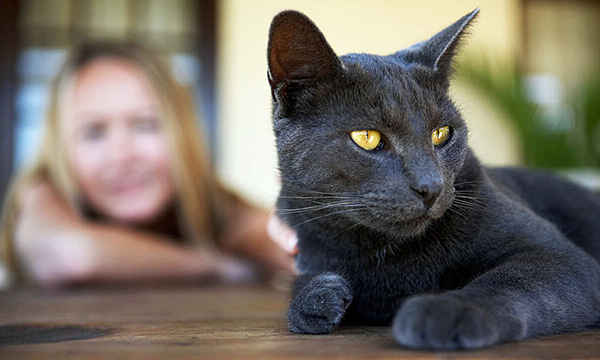Why are cats so stubborn?
Exploring the Stubbornness of Cats
Cats, with their renowned independence and occasional stubborn streaks, have intrigued and exasperated humans throughout history. While their behavior might confound us at times, there are numerous underlying factors contributing to their perceived stubbornness.

Innate Instincts
Cats are descendants of solitary hunters, and their instinctual behavior profoundly shapes their actions. In the wild, survival hinges on self-reliance and making decisions based on individual needs rather than conforming to external commands.
Fascinating Fact: Ancestors of domestic cats, example: the African wildcat, honed solitary hunting techniques, laying the foundation for their independent nature.
Territorial Tendencies
Cats exhibit strong territorial instincts, often resisting changes or attempts to control their environment. They staunchly defend their turf, whether it’s a favored spot on the sofa or the entirety of their living space.
Engaging Insight: Cats possess scent glands on various parts of their bodies, enabling them to mark territory through rubbing against objects, a behavior deeply rooted in their evolutionary past.
Selective Learning
Known for their selective learning processes, cats respond well to positive reinforcement but may disregard commands they find irrelevant or uninteresting. This discerning approach to learning contributes to their perceived stubbornness.
Intriguing Tidbit: Cats are keen observers, learning from other cats and even humans, yet they exercise discretion in applying their acquired knowledge.
Unique Personalities
Much like humans, cats exhibit distinct personalities. While some may be more adaptable and cooperative, others are inherently more stubborn. Genetics, early socialization, and past experiences collectively shape a cat’s individuality.
Fascinating Finding: Research in the journal Applied Animal Behaviour Science underscores the significant role genetics play in shaping a cat’s behavior, influencing factors like sociability and independence.
Communication Challenges
Cats communicate in their own unique ways, relying on body language, vocalizations, and scent marking. Misinterpretations between cats and their human companions can lead to frustration and perceived stubbornness on both ends.
Engaging Fact: Cats utilize a diverse range of vocalizations, each serving a specific purpose in their communication with humans and other felines.
While cats’ stubborn tendencies may present challenges for their owners, comprehending the underlying reasons behind their behavior fosters improved communication and strengthens the bond between humans and their feline companions.
By acknowledging their autonomy and innate instincts, cat owners can navigate their relationships with these enigmatic creatures more effectively.












